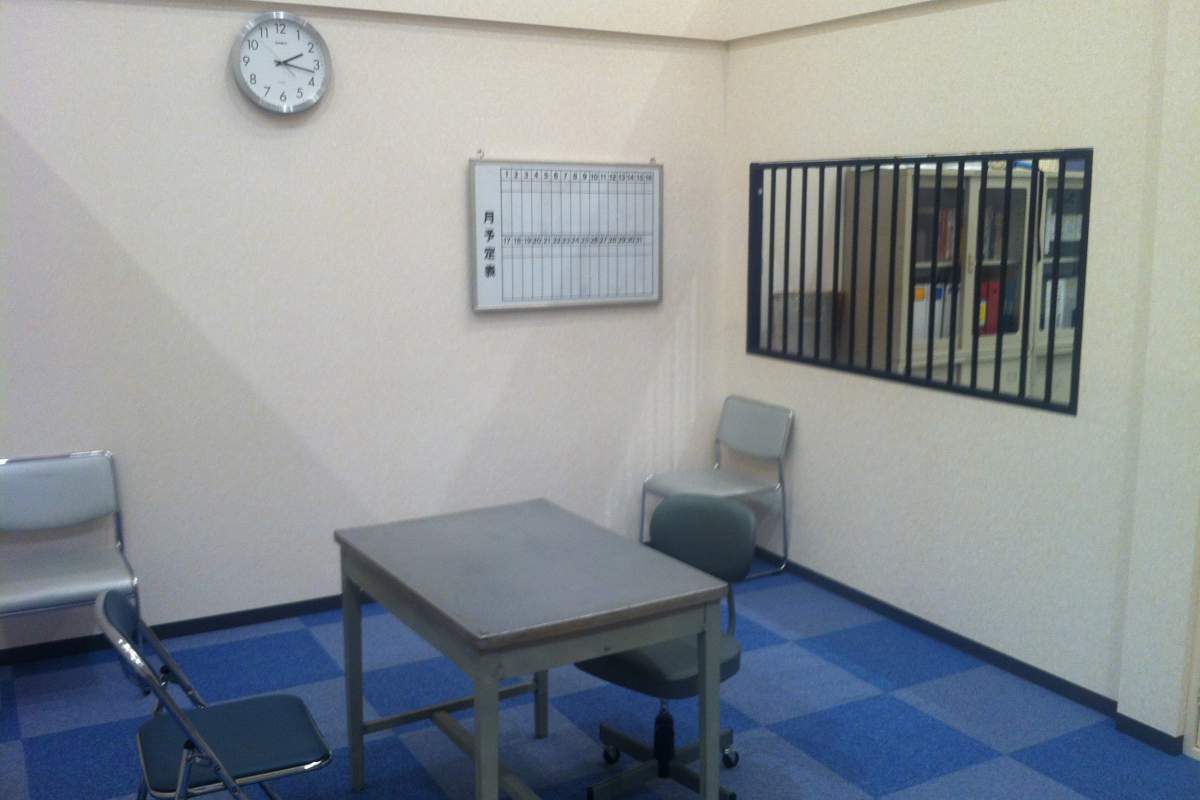
Today, we will unveil the magic behind one-way mirrors (also known as two-way glass or mirror).
The trick is simpler than you might think. Most mirrors are made by applying a thin layer of a reflective material, aluminum in most cases, to the back of a sheet of glass. This is called back-silvering, and it makes the glass opaque.
How Mirrors Work
When we look in a mirror, our image is reflected by the aluminum, which is made more durable by its glass covering.
In one-way glass, the reflective material is applied less densely. This is called half-silvering. The effect is that the glass is not completely opaque like a traditional mirror. About half the light striking the glass passes through it, and the other half is reflected.
Proper Lighting
Now for the second trick to one-way glass, the lighting. The room the suspect is in is kept bright, so that the reflective quality of the glass prevails. The room on the other side of the glass is kept dark, so that instead of their reflections, the detectives see what is illuminated on the suspect's side of the glass, or the suspect.
What if the light were to be turned up on the detective's side, or turned down on the suspect's side? Well, the magic would fizzle, and glass would become a window for both parties.
Sources And Further Reading
- "How Are Mirrors Made?" WiseGeek. Re-accessed for September re-run on August 2, 2018.
- "How do one-way mirrors work?" HowStuffWorks. Re-accessed for September 2018 re-run on August 2, 2018.









